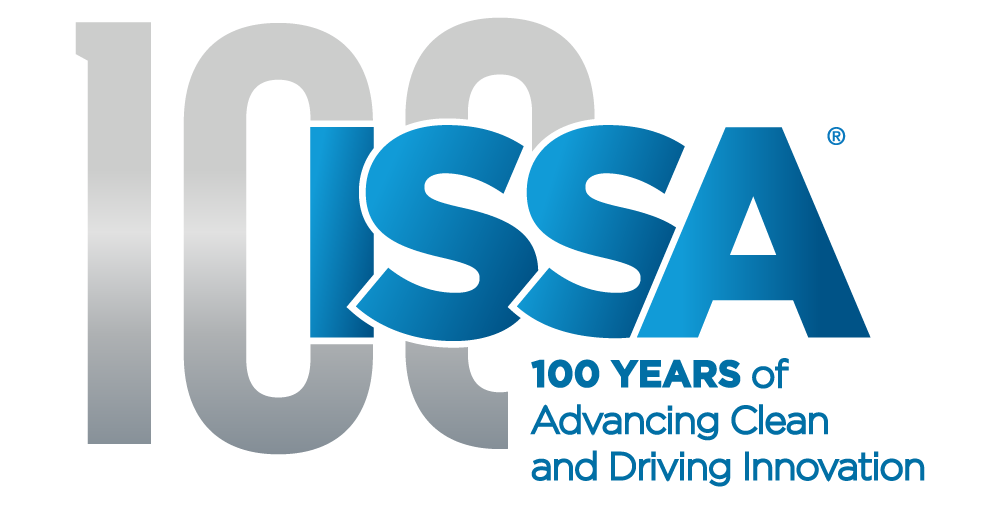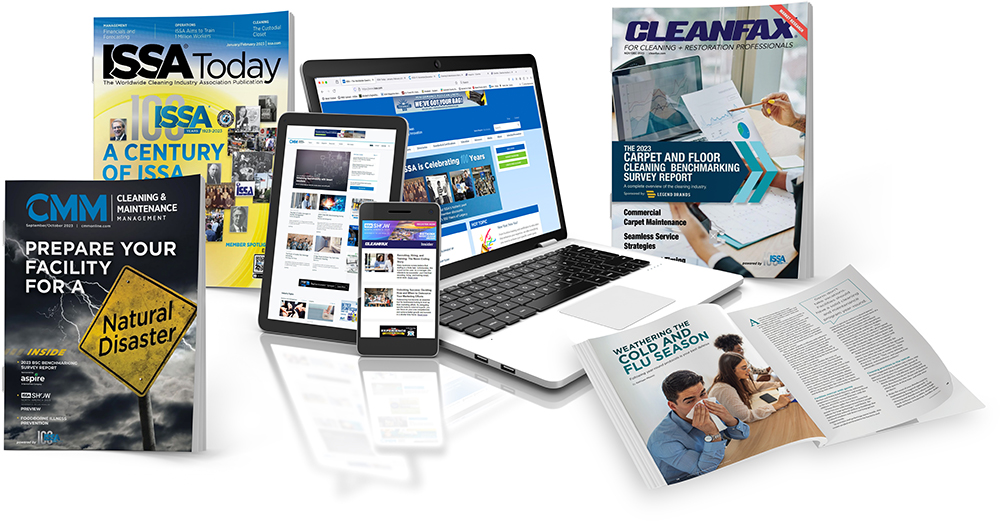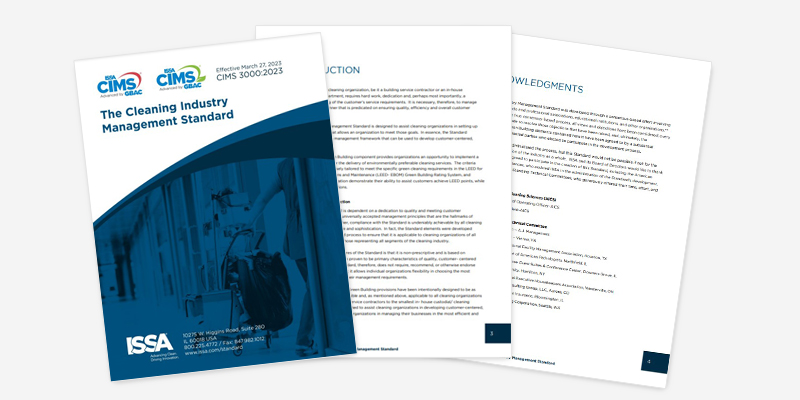Facility Operations Management: Strategies for Efficiency

Facility operations management is a crucial aspect of maintaining the safety, functionality, and efficiency of any facility. Whether it’s an office building, a healthcare facility, or a manufacturing plant, effective operations management ensures that all components of a facility work harmoniously to meet organizational goals. For organizations looking to elevate their facility operations, adopting industry standards such as CIMS (Cleaning Industry Management Standard) can serve as a benchmark for excellence.
What is Facility Operations Management?
Facility operations management encompasses the coordination and management of all activities required to keep a facility running smoothly. It involves handling everything from maintenance, safety, and cleaning to energy management and compliance with regulations. Successful facility operations management not only ensures that day-to-day functions are carried out seamlessly but also helps extend the lifespan of assets and improve overall operational efficiency.
Key Strategies for Effective Facility Operations Management
-
Develop a Comprehensive Facility Management Plan
A well-structured facility management plan is essential for guiding the operations of any facility. This plan should outline the key maintenance tasks, schedules, and responsible personnel.
- Identify Critical Zones: Break down your facility into critical areas such as HVAC systems, plumbing, and electrical systems, and outline maintenance schedules for each.
- Set Up Regular Maintenance Schedules: Routine inspections and preventive maintenance reduce the risk of unexpected breakdowns and extend equipment life.
-
Utilize Technology and Automation
Integrating technology into facility management can streamline operations and enhance efficiency. Consider adopting tools like a Computerized Maintenance Management System (CMMS) to automate maintenance tracking and task scheduling.
- CMMS Benefits: These systems provide real-time data on maintenance activities, track work orders, and generate reports to help you identify areas for improvement.
- IoT for Facilities: IoT sensors can monitor equipment performance and notify managers of any irregularities, allowing for predictive maintenance.
-
Implement Preventive Maintenance Programs
Preventive maintenance helps to minimize the likelihood of equipment failures and costly downtime. This proactive approach involves regularly scheduled inspections and maintenance of all facility assets, from HVAC systems to emergency equipment.
- Benefits of Preventive Maintenance: It reduces long-term repair costs, improves safety, and ensures the reliability of facility operations.
-
Focus on Safety and Compliance
Safety is paramount in facility management. Ensure that all operations comply with local regulations and industry standards, such as OSHA guidelines, to protect both personnel and assets.
- Regular Safety Audits: Conduct periodic safety audits to identify potential hazards and implement corrective actions promptly.
- Training and Awareness: Regularly train your staff on safety protocols and emergency procedures.
-
Optimize Cleaning and Facility Services
Maintaining a clean and healthy environment is a vital part of facility operations management. Regular cleaning not only enhances the aesthetic appeal of a facility but also contributes to occupant health and safety.
- Standardize Cleaning Processes: Develop standardized cleaning procedures to ensure consistent results across all facility areas.
- Use Quality Products and Equipment: Invest in high-quality cleaning equipment and products that deliver effective results without compromising safety or environmental standards.

Benefits of an Efficient Facility Operations Management System
Implementing an effective facility operations management system provides numerous benefits, including:
- Cost Reduction: An efficient system reduces operational costs by streamlining processes and optimizing resource use.
- Increased Asset Longevity: Regular maintenance extends the lifespan of equipment and facility assets, reducing replacement costs.
- Improved Productivity: Well-maintained facilities contribute to a safer, more comfortable environment for employees, boosting productivity and morale.
Common Challenges and How to Overcome Them
Managing a facility comes with its own set of challenges. Some of the most common issues include:
- Budget Constraints: Limited budgets can make it difficult to maintain facilities properly.
- Solution: Prioritize critical maintenance tasks and consider implementing energy-saving measures to reduce costs.
- Staff Shortages: Insufficient staffing can lead to delays in maintenance and reduced service quality.
- Solution: Train existing staff to handle multiple roles or consider outsourcing certain services to third-party providers.
- Unexpected Equipment Failures: Equipment failures can disrupt facility operations and lead to costly repairs.
- Solution: Implement predictive maintenance programs using IoT sensors and CMMS to identify potential issues before they escalate.
Conclusion
Facility operations management is a multifaceted discipline that requires careful planning, the right technology, and a focus on safety and compliance. By implementing the strategies outlined in this post, you can enhance your facility’s efficiency, reduce costs, and create a safe and productive environment for all occupants.
Evaluate your current facility management practices and consider adopting some of the strategies discussed here. Implementing a proactive, well-structured facility operations management plan will set your organization on the path to long-term success.


















